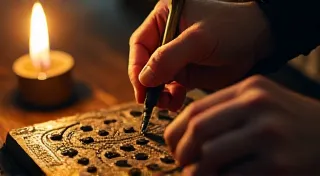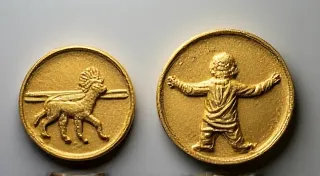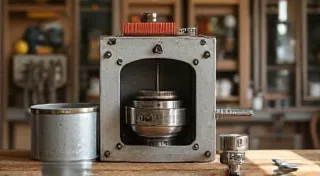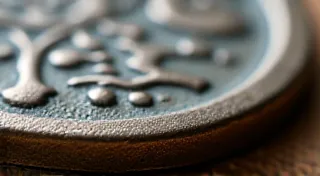Authentic Roman Coin Details: Recreating the Relief and Lettering
Accuracy is key to creating truly convincing Roman coin replicas. This article focuses on the meticulous process of reproducing the intricate details that define genuine Roman coinage. We’re diving deep into the subtle nuances of relief design, lettering styles (both Latin and Greek), and the unique characteristics of different Roman emperors' portraits. Discover how to correctly interpret existing originals, accurately transfer designs, and utilize tools to achieve a historically accurate impression. Improve your skills and create replicas that showcase Roman artistry and history.
Understanding Roman Coin Relief: More Than Just a Raised Design
The relief on Roman coins isn't simply a raised design; it's a form of storytelling. Understanding the style – whether it's deeply struck, lightly impressed, or has a “flat relief” – is crucial. Early Roman Republican coins often featured simple relief, gradually evolving to the more intricate, high-relief designs of the Imperial era. Observing original coins carefully will reveal how light interacts with the surface, creating subtle shadows and highlights that contribute significantly to their visual appeal. Consider the angle of the relief – is it convex, concave, or somewhere in between? Replicating these details, even the most minor variations, adds significant authenticity.
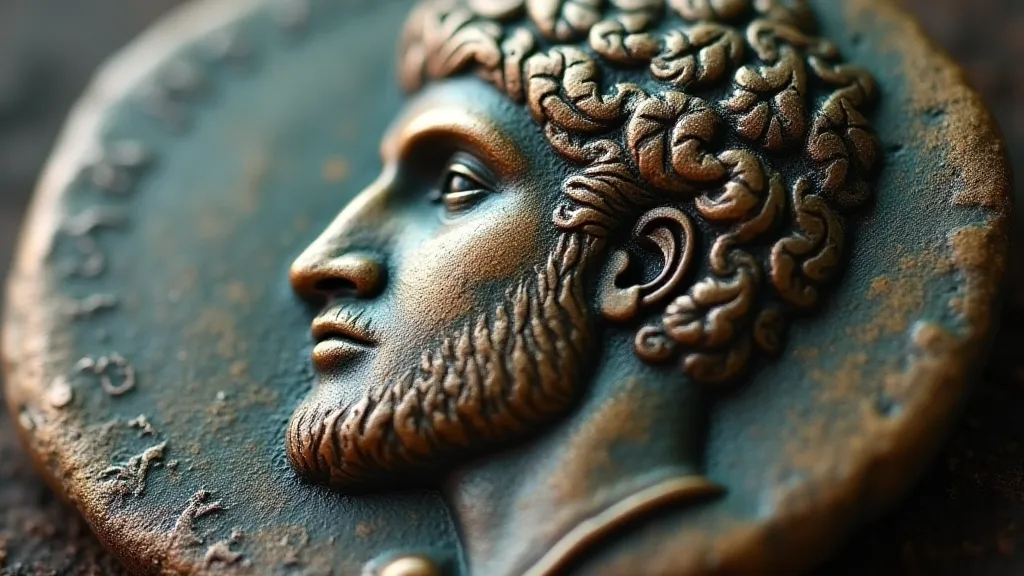
Decoding Roman Lettering: Latin and Greek Considerations
Roman coinage incorporated both Latin and Greek inscriptions. Latin inscriptions typically appeared on Republican and early Imperial coins, while Greek continued to be used, especially on coins from the eastern provinces. Lettering style varied considerably over the centuries. Early Republican Latin lettering was often very crude, evolving into a more elegant and standardized form under the Empire. Greek lettering, in contrast, maintained a more consistent style. Pay attention to letter spacing, kerning, and the overall composition of the inscription. The presence of abbreviations and ligatures (combined letters) adds another layer of complexity. Don't assume a uniform style across the entire Roman period – careful study of authentic examples is essential.
The Emperor's Portrait: Capturing the Likeness
A key element of Roman Imperial coinage was the portrait of the ruling emperor. These portraits weren't merely representations; they were carefully crafted propaganda tools intended to convey authority and project an image of strength and divinity. The style of the portrait changed over time, influenced by artistic trends and the emperor’s own preferences. Early portraits were often highly idealized, while later portraits became more realistic. Observe the details – the shape of the face, the hairstyle, the expression, the posture. The quality of the die engravers varied, leading to differences in portrait quality even within the same reign. Reproducing these nuances requires a keen eye and a steady hand. Look for subtle details like wrinkles, dimples, and the way the hair falls – these contribute significantly to the portrait’s realism.
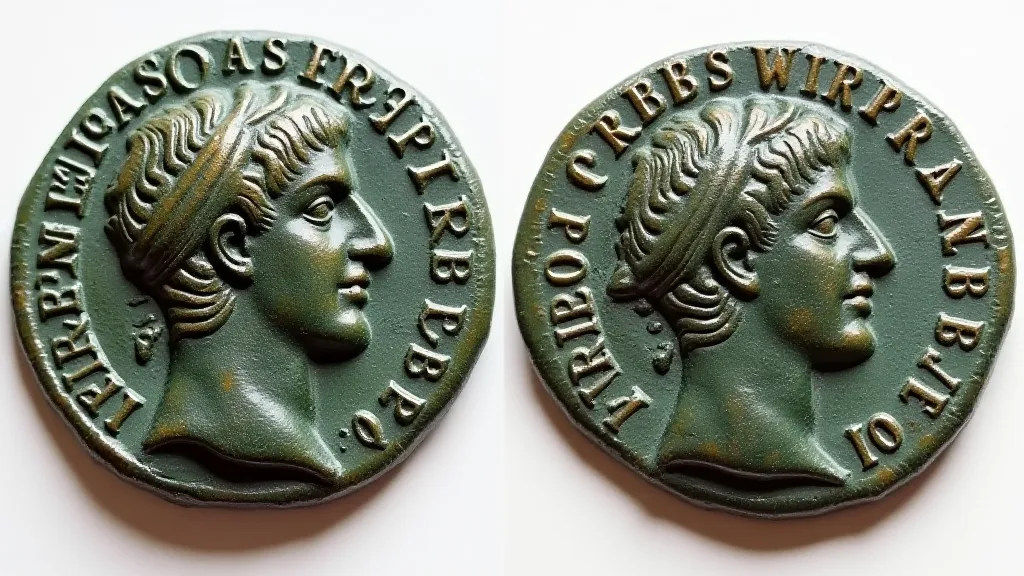
Tools and Techniques for Accurate Transfer
Transferring the details of a Roman coin design accurately can be challenging. Several techniques can be employed:
- Rubbing: Using a soft material like tracing paper or thin cloth to transfer the raised design.
- Photography: High-resolution photography can capture details for later tracing or digital manipulation.
- Digital Design: Using image editing software to trace and refine the design.
- Direct Carving/Casting: Using the original coin as a master for creating a negative mold, from which you can cast your replica.
Regardless of the method, meticulous attention to detail is paramount. Enlarging the design can reveal subtleties that might be missed at a smaller scale. Practice and patience are key to achieving a convincing result.
Beyond the Surface: Understanding the Metal and Patina
While recreating the relief and lettering is crucial, the material and surface finish are equally important. Roman coins were typically made from bronze, silver, or gold. Replicating the appropriate metal is essential for achieving an authentic look and feel. Furthermore, the patina (the surface discoloration caused by oxidation) plays a significant role in the coin’s appearance. While artificially replicating a natural patina can be challenging, understanding its characteristic colors and textures is important for creating a convincing replica.
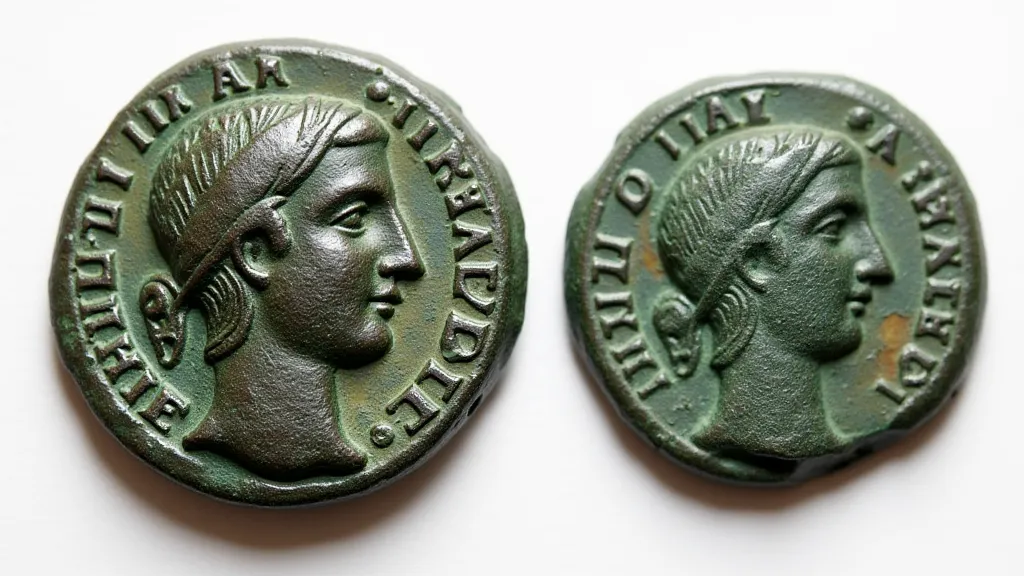
By paying close attention to these details – the relief, the lettering, the portrait, and the material – you can create Roman coin replicas that are not only visually appealing but also historically accurate and a testament to the artistry of the Roman era.

